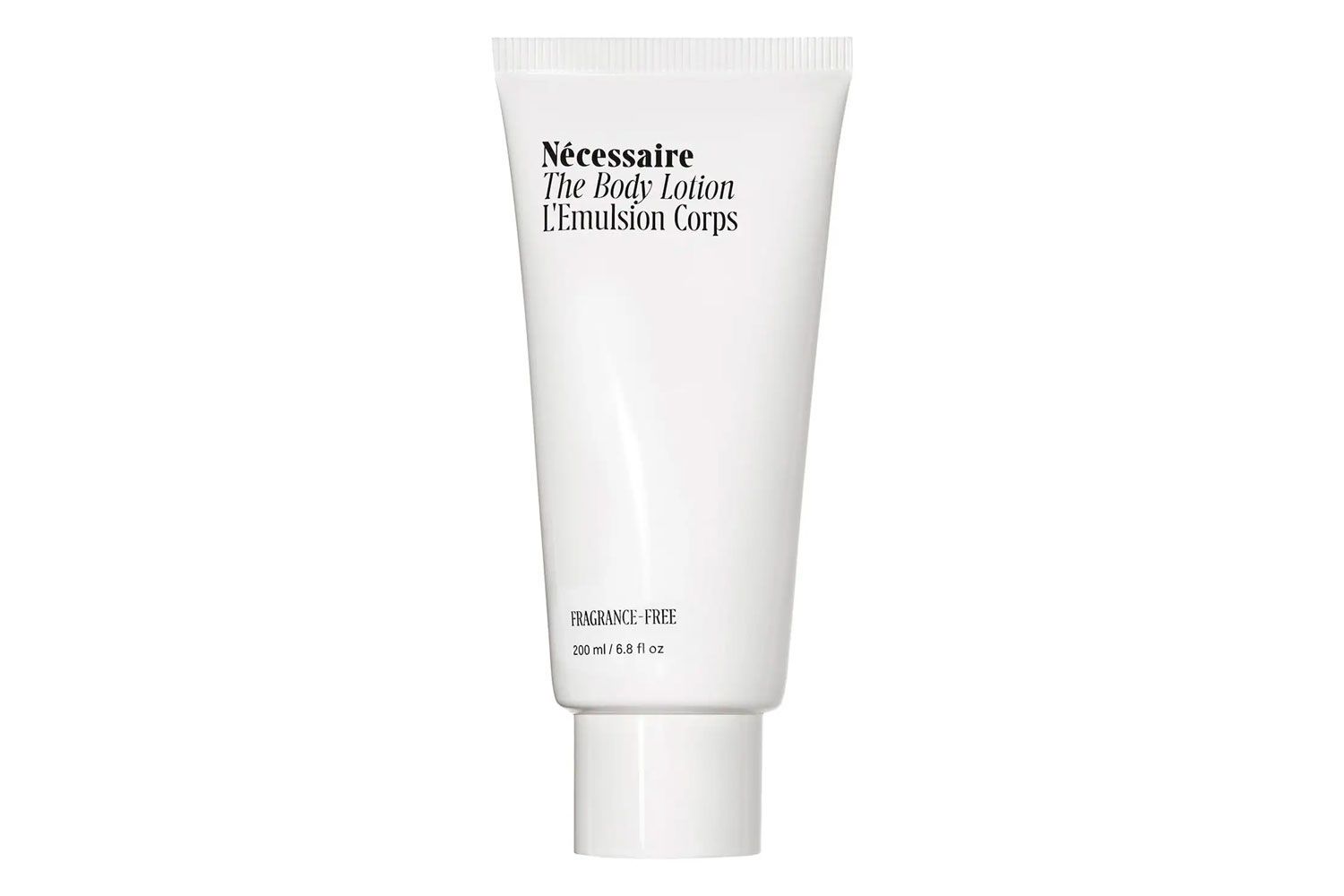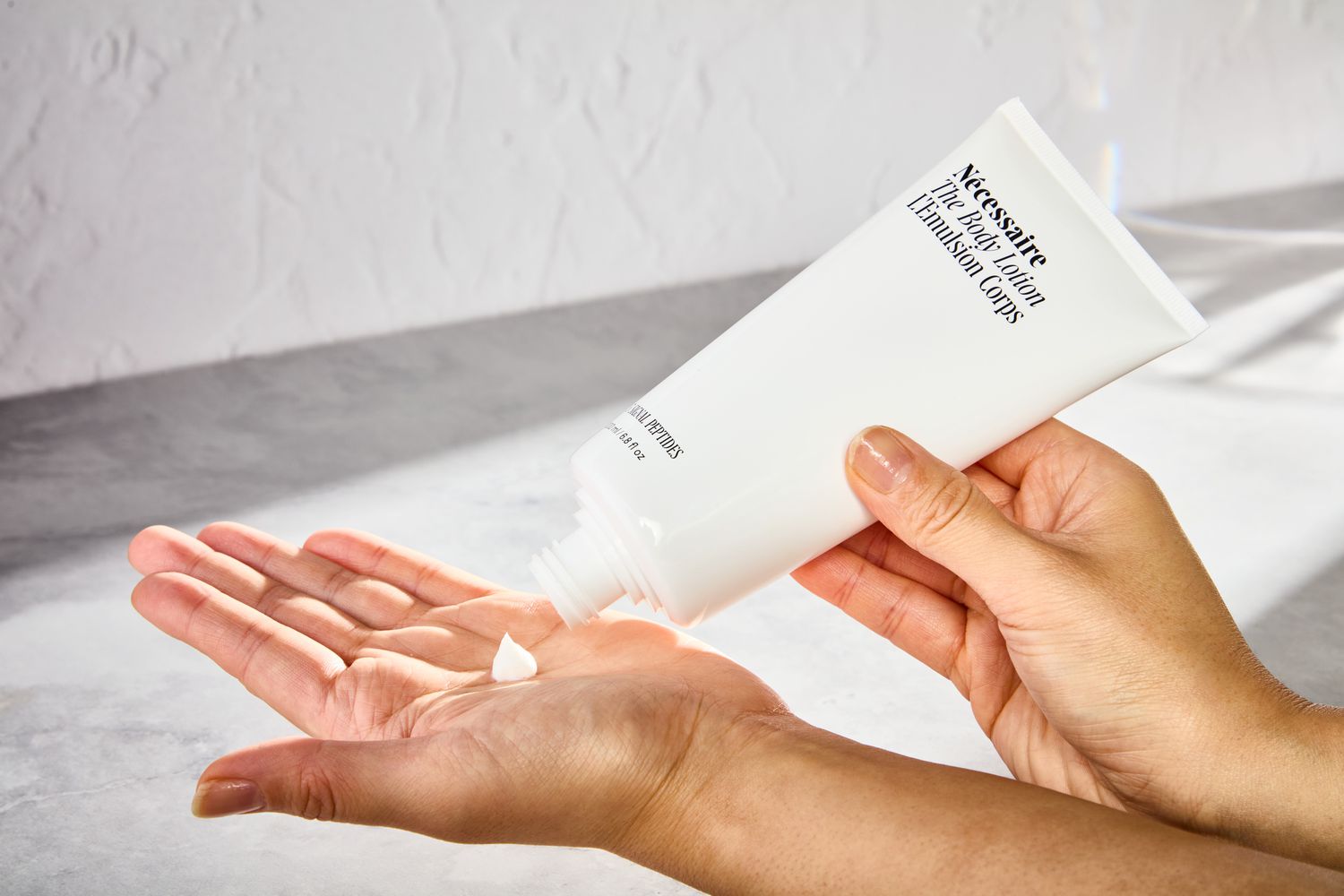Winkelwagen
U heeft geen artikelen in uw winkelwagen
Die Duftkollektionen von Amouage werden heute rund um den Globus an ein erlesenes und anspruchsvolles Publikum verkauft. In Sib, unweit der omanischen Hauptstadt Muskat, befinden sich noch heute die Büros und Museen der Marke. Des Weiteren charakterisiert die Duftkollektionen ein weiterer wichtiger Umstand: Amouages Kreationen gewannen, als einzige des Orients, den prestigereichen Award zum "Star-Produkt des Jahres". An die Erfolgsgeschichte knüpfte man mit allen nachfolgenden Kreationen an - weshalb das Dufthaus heute noch zu den renommiertesten Häusern seiner Art zählt. Typischerweise kombinieren die Parfums Essenzen aus der Region mit französischen olfaktorischen Techniken, um den Düften eine einzigartige Silhouette und Haltbarkeit zu verleihen - sehr zum Gefallen ihrer Träger.
Dia Man by Amouage is stunning. Stunning! Not my favourite Amouage to wear “daily” and forget about it, due to its very subtle presence on skin (which for me would be a crime to miss, so I’d rather wear it when I’ve enough attention and peace of mind to appreciate it), but surely and by far, probably my favourite ever of their range as a work of. hell, there, I’ll say it: a work of art. I think it accomplishes a level of vibrant creativity and impeccable perfection no other Amouage ever did, except maybe for Ciel. But Dia probably pushes the limit even above that. It manages to be smoother, to subtract even more, to make an even more precarious, complex and thin balance perfectly stand still as a transparent ice sculpture. Just replacing ice with air. Others in their range are more easy to love, richer and more fulfilling maybe, surely performing better and thus being more appealing and easier to wear. But Dia Man is just something different.
As Gold Man, the first fragrance I’d sampled from the Omani house of Amouage, had set the standard sky-high, I approached the next one, Dia Man, with a fair bit of expectation and a tad bit of trepidation. Would Amouage be capable of creating a follow-up fragrance worthy of their stunning original? To be honest, I strongly wished they would.
Dia Man is classified as a spicy-floral-woody scent. Its top features soft spices with a drop of citrus, whose appearance, however refreshing, is only brief. The dominance of the spicy notes lasts until the floral heart of the fragrance opens up. I’d like to point out that the flowers in Dia Man never become as pronounced as those in Gold Man and, therefore, Dia Man may seem more appealing to men than its precursor. In fact, I see the role of the floral notes in Dia Man as that of a bridge between the spicy opening and the woody drydown. The level of blending in this perfume is once again incredible! It’s a truly beautiful chorus of olfactory notes: none is allowed to steal the show, yet each plays its crucial role in the overall effect. Get rid of any one of them and you’ll spoil the whole composition beyond repair.

This is underrated,maybe because it is not as loud as other Amouages.But it is very interesting and perfect signature&office scent.
I actually like this scent. Nothing too crazy, but really pleasant. Would be great, if it was 7x louder
Imbecyl 11 months ago
Very pleasant oriental smoked plum with bitter orange on a woody-floral base. One of my favorites of the brand.
cardamom makes it very alcoholic and green. The peony and plum adds a syrupyness to that alcohol smell. I do not detect much vetiver at all.
Classy soapy fragrance with a beautiful masculine vetiver drydownThe CFO enters the boardroom, classy, composed, elegant. Slowly his scent expands, wafting not piercing.
Soft animalic orris w/ warm spices, powdery & aldehydic at first like a Roja, some cardamom/incense in drydown. Masculine, all-year.
It's quite different from other perfumes of Amouage. It's a soft and sophisticated unisex fragrance resembling the works of Annick Menardo.
Classy, beautiful, CEO scent. Intimate. Respray on the hour.
Frei übersetzt bedeutet "Amouage" so viel wie "Welle der Emotionen" - was für die Duftkollektionen des luxuriösen Parfümhauses eine durchaus treffende Beschreibung abgibt. Schon ein Blick auf die Geschichte von Amouage zeigt, dass es sich nicht nur bei jedem Parfum, sondern auch der Marke selbst um eine echte Besonderheit handelt. Gegründet wurde das Dufthaus im Jahr 1983 - aber nicht aus irgendeinem Grund, sondern auf expliziten Wunsch des Sultans Qaboos. Der wollte damit die jahrhundertealte Tradition von Parfum und Düften aus der Region Oman wahren. Gelungen ist ihm das in Anbetracht der Duftkollektionen und der internationalen Bekanntheit der Marke allemal. Die orientalischen Wurzeln finden sich in jedem Amouage Parfum, was auch nicht verwundern sollte - schon in der Antike war Oman für seine Düfte, von Oud bis Weihrauch, und intensiven Gewürzen bekannt. Solche und weitere Essenzen greifen auch die Düfte auf.
